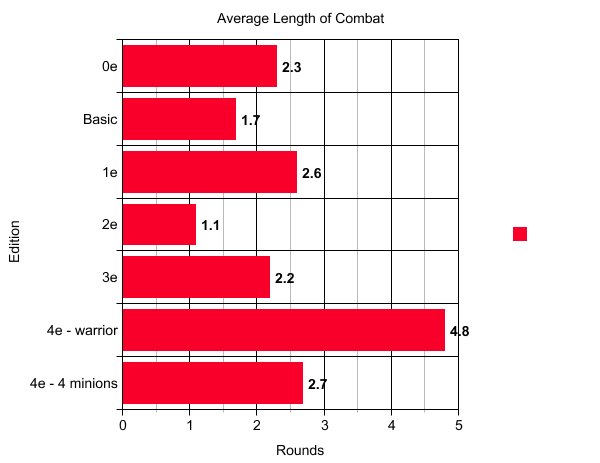Wik
First Post
Good point, but almost nobody in 2E ever took Rope Use as an NWP.
It's use was far more limited than a lot of the other NWPs that were available to PCs. Tumble, Track, Armor/Weaponsmith, Healing, Survival and a few others were far more common from what I remember.
Yeah. I think I only saw Use Rope taken once, and that guy did it to stand out. As for us, the big ones were Blind Fighting, Set Snares, Local History, Gaming, Herbalism (but NOT healing), Riding, Read/Write Languages, Weaponsmith, and strangely, Etiquette (I blame Shadowrun, which made Etiquette a much more important skill than in D&D).

